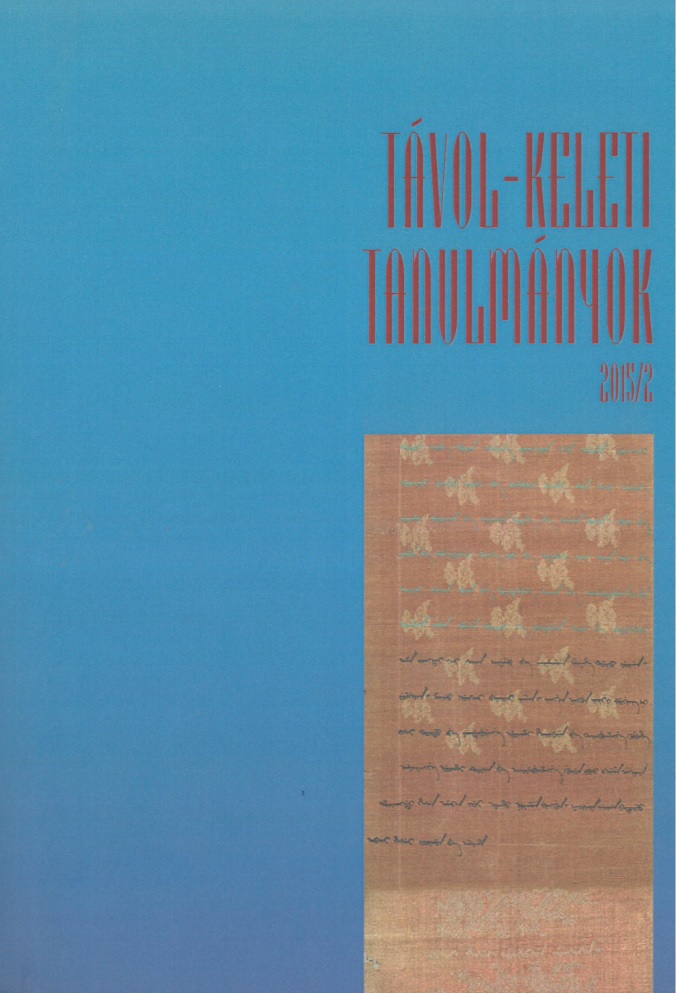Published 2016-09-04
How to Cite
Copyright (c) 2016 the author(s)

This work is licensed under a Creative Commons Attribution-NonCommercial 4.0 International License.
Abstract
In the second half of the 16th century, after the trauma caused by the Mongol conquest, the slowly awakening and strengthening Russian Empire began to explore the territory over the Urals. Because of the conquest driven by the desire for obtaining gold, the Tsarist government increased his territory at an unprecedented rate. Siberian natives could not hinder this conquest. At this time, Russians, as well as Central and Inner Asian nomads, were negotiating as equal partners, therefore the expansion was fairly fast. The first reports about the large empire over the nomad territory arrived at the Tsarist court in the early 17th century. The Russian Romanov dynasty, who just came to power at this time, confronted with the Ming dynasty living the last period of their reign. The struggle for the Asia-Pacific went on between China and Russia, but became more intense in the second half of the century, when China was ruled by the Manchu Qing dynasty. This article introduces a brief description of this period.
